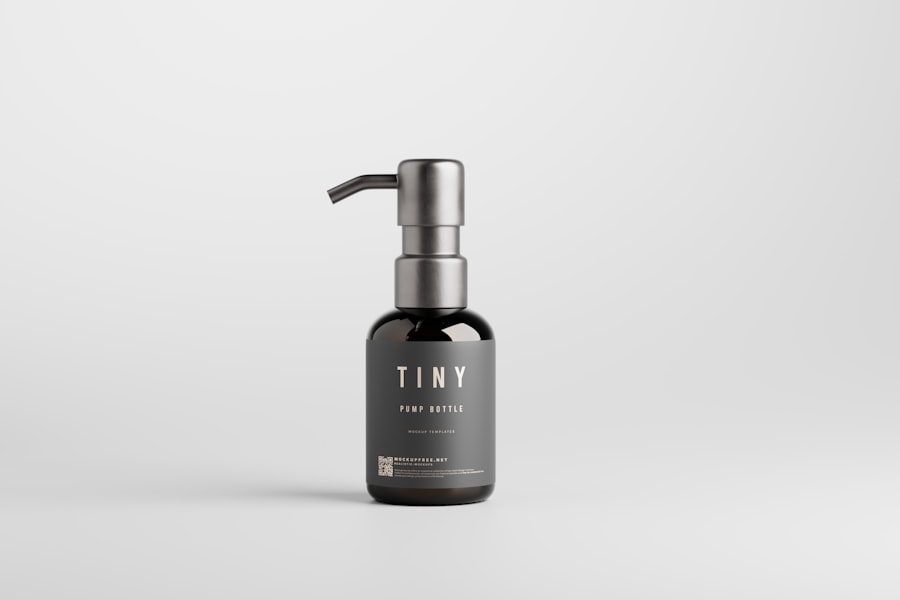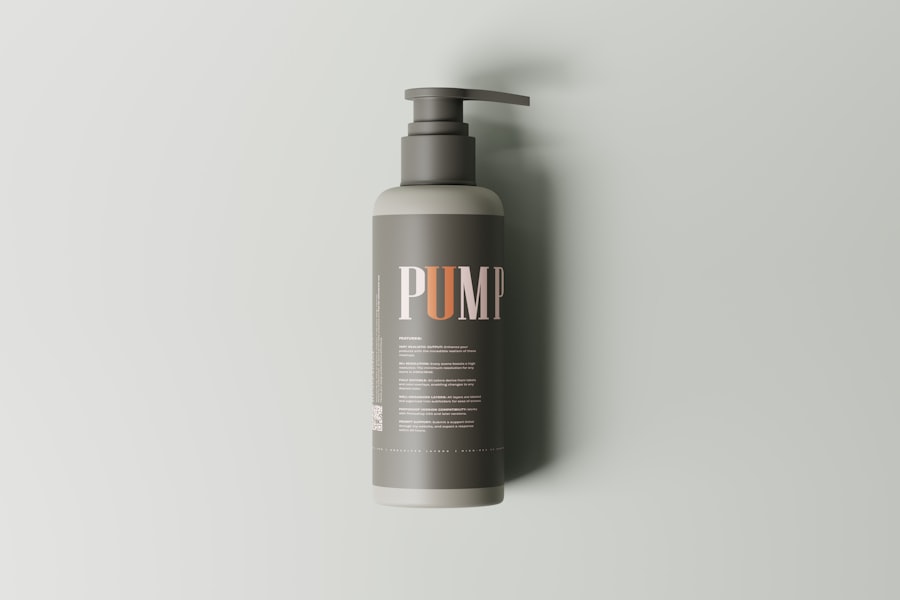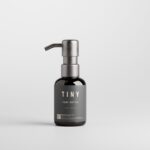Aftercare is a crucial component of the laser hair removal process that you should never overlook. While the procedure itself is designed to be effective and efficient, the way you care for your skin afterward can significantly influence the results. Proper aftercare not only helps in minimizing potential side effects but also enhances the overall effectiveness of the treatment.
By following a well-structured aftercare routine, you can ensure that your skin heals properly and that you achieve the smooth, hair-free results you desire. Moreover, understanding the importance of aftercare can help you avoid complications that may arise from neglecting your skin post-treatment. Laser hair removal works by targeting hair follicles with concentrated light, which can leave your skin sensitive and vulnerable.
By taking the time to care for your skin, you can reduce the risk of irritation, redness, or even infection. This proactive approach not only promotes healing but also sets the stage for optimal results in your hair removal journey.
Key Takeaways
- Aftercare is crucial for successful laser hair removal treatment
- Treated areas should be kept clean and moisturized
- Discomfort and side effects can be managed with ice packs and over-the-counter pain medication
- Treated skin should be protected from sun exposure to prevent damage
- Certain activities and products, such as hot showers and perfumed lotions, should be avoided after treatment
- Regular follow-up appointments are necessary for monitoring progress
- Hydration and moisture are essential for maintaining treated skin
- Long-term maintenance and touch-up treatments may be needed for optimal results
How to Care for Treated Areas
Keeping the Area Clean
Gently cleanse the treated skin with a mild, fragrance-free soap and lukewarm water. Avoid using hot water or harsh scrubs, as these can irritate your sensitive skin. Pat the area dry with a soft towel instead of rubbing it, which can cause further irritation. This gentle approach will help maintain the integrity of your skin while promoting healing.
Soothing and Calming the Skin
In addition to keeping the area clean, you should also apply a soothing lotion or gel to help alleviate any discomfort. Look for products that contain aloe vera or other calming ingredients, as these can provide relief from any redness or swelling you may experience.
Choosing the Right Products
It’s advisable to avoid applying any heavy creams or lotions that could clog your pores. Instead, opt for lightweight, non-comedogenic products that will keep your skin hydrated without causing breakouts or irritation.
Managing Discomfort and Side Effects

Experiencing some discomfort after laser hair removal is common, but managing it effectively can make a significant difference in your overall experience. You may notice mild redness, swelling, or a sensation similar to sunburn in the treated areas. To alleviate these symptoms, consider applying a cold compress to the affected areas for short intervals.
This can help reduce inflammation and provide immediate relief from discomfort. Additionally, over-the-counter pain relievers like ibuprofen or acetaminophen can be effective in managing any pain you may feel. It’s also important to listen to your body during this time.
If you notice any unusual side effects, such as blistering or excessive swelling, don’t hesitate to reach out to your practitioner for advice. They can provide guidance on how to manage these symptoms and determine if any further action is necessary. Remember that while some discomfort is normal, it’s essential to monitor your skin’s reaction and seek professional help if needed.
Protecting Treated Skin from Sun Exposure
| Product | SPF | Water Resistance | Recommended Reapplication |
|---|---|---|---|
| Sunscreen lotion | 30 | 80 minutes | Every 2 hours |
| Sunscreen spray | 50 | 60 minutes | Every 1.5 hours |
| Sun-protective clothing | N/A | N/A | N/A |
One of the most critical aspects of aftercare following laser hair removal is protecting your treated skin from sun exposure. Your skin will be particularly sensitive after the procedure, making it more susceptible to sunburn and pigmentation changes. To safeguard your skin, it’s advisable to avoid direct sunlight for at least two weeks post-treatment.
If you must be outdoors, wearing protective clothing such as long sleeves and wide-brimmed hats can provide an extra layer of defense against harmful UV rays. In addition to physical protection, applying a broad-spectrum sunscreen with an SPF of 30 or higher is essential. Make sure to reapply sunscreen every two hours if you are spending extended periods outside.
By taking these precautions seriously, you can ensure that your skin remains healthy and that you achieve the best possible outcome from your treatment.
Avoiding Certain Activities and Products
After undergoing laser hair removal, it’s crucial to avoid specific activities and products that could hinder your recovery process. For instance, refrain from engaging in strenuous exercise or activities that cause excessive sweating for at least 24 hours post-treatment. Sweating can irritate the treated areas and increase the risk of complications such as infection or inflammation.
Instead, opt for light activities that won’t put stress on your body or skin. Additionally, be cautious about the skincare products you use during your recovery period. Avoid harsh exfoliants, retinoids, and products containing alcohol or fragrances, as these can irritate your sensitive skin.
Stick to gentle cleansers and moisturizers that are specifically formulated for post-laser care. By being mindful of both your activities and the products you apply to your skin, you can create an optimal environment for healing and ensure that your results are long-lasting.
Regular Follow-Up Appointments

Scheduling regular follow-up appointments with your practitioner is an essential part of maintaining the results of your laser hair removal treatment. These appointments allow your practitioner to assess how well your skin is healing and whether additional treatments are necessary. During these visits, they can also address any concerns you may have regarding discomfort or side effects, ensuring that you feel supported throughout the process.
Moreover, follow-up appointments provide an opportunity for you to discuss any changes in hair growth patterns you may have noticed since your last session. Your practitioner can adjust your treatment plan accordingly to ensure optimal results. By committing to these regular check-ins, you not only enhance the effectiveness of your treatment but also foster a collaborative relationship with your practitioner that can lead to better outcomes.
Maintaining Hydration and Moisture
Keeping your skin hydrated and moisturized after laser hair removal is vital for promoting healing and achieving optimal results. Dehydrated skin can become irritated and may not heal as effectively as well-hydrated skin. To maintain moisture levels, drink plenty of water throughout the day; this internal hydration will reflect on your skin’s appearance and health.
In addition to staying hydrated from within, applying a gentle moisturizer regularly can help lock in moisture on the surface of your skin. Look for products that are free from fragrances and harsh chemicals to avoid irritation. A good moisturizer will not only soothe any dryness but also create a protective barrier that aids in healing.
By prioritizing hydration both internally and externally, you set yourself up for a smoother recovery process and better long-term results.
Long-Term Maintenance and Touch-Up Treatments
Once you’ve completed your initial series of laser hair removal sessions, it’s important to consider long-term maintenance and touch-up treatments to ensure lasting results. Over time, some hair follicles may become active again due to hormonal changes or other factors. Scheduling periodic touch-up sessions can help keep unwanted hair at bay and maintain the smoothness you’ve achieved.
Your practitioner will typically recommend a personalized maintenance schedule based on your individual needs and hair growth patterns. These touch-up treatments are generally less frequent than the initial sessions but are essential for preserving the benefits of laser hair removal over time.
In conclusion, aftercare following laser hair removal is not just an optional step; it is an integral part of achieving successful results. By understanding how to care for treated areas, managing discomfort, protecting against sun exposure, avoiding certain activities and products, attending follow-up appointments, maintaining hydration, and planning for long-term maintenance, you empower yourself to make the most out of your investment in laser hair removal. Your commitment to proper aftercare will ultimately lead to smoother skin and greater satisfaction with your results.
After undergoing laser hair removal treatment, it is crucial to follow proper aftercare instructions to ensure optimal results and minimize any potential side effects. One article that delves into the importance of aftercare for laser hair removal is this one. It emphasizes the significance of following post-treatment guidelines to maintain smooth and hair-free skin. By adhering to aftercare recommendations, individuals can prolong the effects of their laser hair removal treatment and achieve long-lasting results.
FAQs
What is laser hair removal aftercare?
Laser hair removal aftercare refers to the steps and precautions that need to be taken after undergoing a laser hair removal treatment. This includes protecting the skin, avoiding certain activities, and using specific products to ensure the best results and minimize potential side effects.
Why is aftercare important for laser hair removal?
Aftercare is important for laser hair removal to ensure the skin heals properly, reduce the risk of complications such as burns or pigmentation changes, and to maximize the effectiveness of the treatment. Proper aftercare can also help to minimize discomfort and promote long-lasting results.
What are some common aftercare instructions for laser hair removal?
Common aftercare instructions for laser hair removal may include avoiding sun exposure, using gentle skincare products, avoiding hot showers or baths, refraining from excessive sweating or exercise, and applying soothing creams or aloe vera to the treated area.
How long does aftercare for laser hair removal last?
Aftercare for laser hair removal typically lasts for a few days to a few weeks, depending on the individual’s skin sensitivity and the intensity of the treatment. It is important to follow the specific aftercare instructions provided by the laser hair removal technician or dermatologist.
What are the potential risks of not following proper aftercare for laser hair removal?
Not following proper aftercare for laser hair removal can increase the risk of side effects such as skin irritation, burns, hyperpigmentation, or hypopigmentation. It can also lead to a longer recovery time and may affect the overall results of the treatment.





